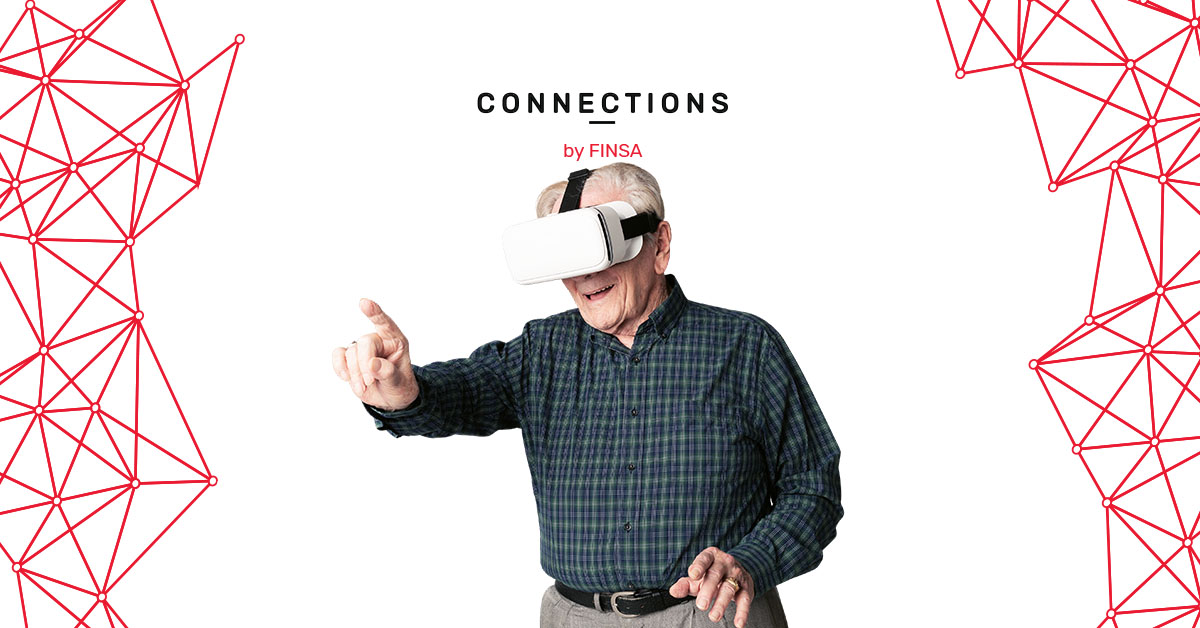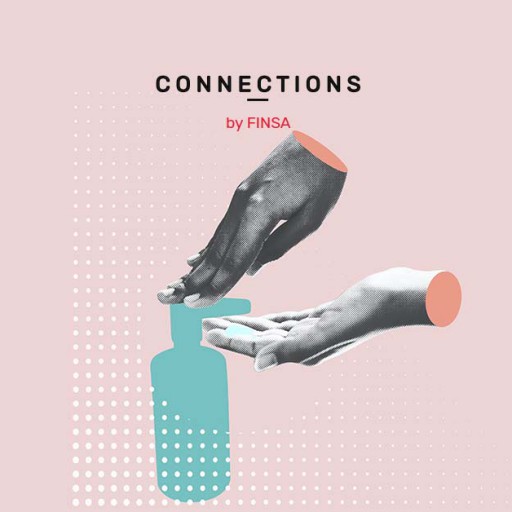Smartphones are helping seniors stay connected, give their brains a workout, and receive alerts, as well as making sure that they will receive assistance in an emergency. It’s becoming easier for the elderly to use new technology. The digital gap has been closing in the last few years and more seniors now have a mobile device to access the internet.

According to the Spanish National Statistics Institute, the percentage of elderly people that use information and communication technology (ICT) has increased by 400% in the last decade. Twenty-four percent of people over the age of 65 access the internet from their computers or mobile phones, with smartphones being the most popular.
Less isolation and better memory are just some of the advantages
Being connected allows for more social interaction, reduces cognitive decline and isolation. It also offers the possibility of greater autonomy and independence, helps them feel more informed, allows them to meet new people, and improves their self-esteem.
Ver esta publicación en Instagram
Six apps to help us stay active and safe in our old age
Here are six apps that can improve quality of life for the elderly:
- Safe 365. This app lets the user be located through their smartphone when previous consent has been given. It’s very useful for alerting medical services in case of emergency and also tells the user if their battery is running low.
- Big launcher. Being able to see the icons on their phone is very important for the elderly. This app lets you change the mobile’s interface to make the letters bigger and the screen easier to use.
- Fit Brains Trainer. This is the ideal application to improve your memory, concentration, mental agility, and visual perception by playing games. It has been developed by a group of neuroscientists led by Dr Paul Nussbaum, a specialist in this field.
- Medisafe. This app is perfect for remembering when you need to take medication, alerting the user via a text or phone call. It also confirms that you’ve taken the right medication at the right time.
- Beprevent. This Spanish application allows the user to smart tag objects so that they can send data and information to family members or carers in real time.
- Cognifit. A set of digital tasks that allows the user to identify cognitive deficiencies and improve them using a personalised training program.
Want to know more about how ICT can improve the wellbeing of this population group both inside and outside of the home? Make sure you read our article about ICT for the elderly.



